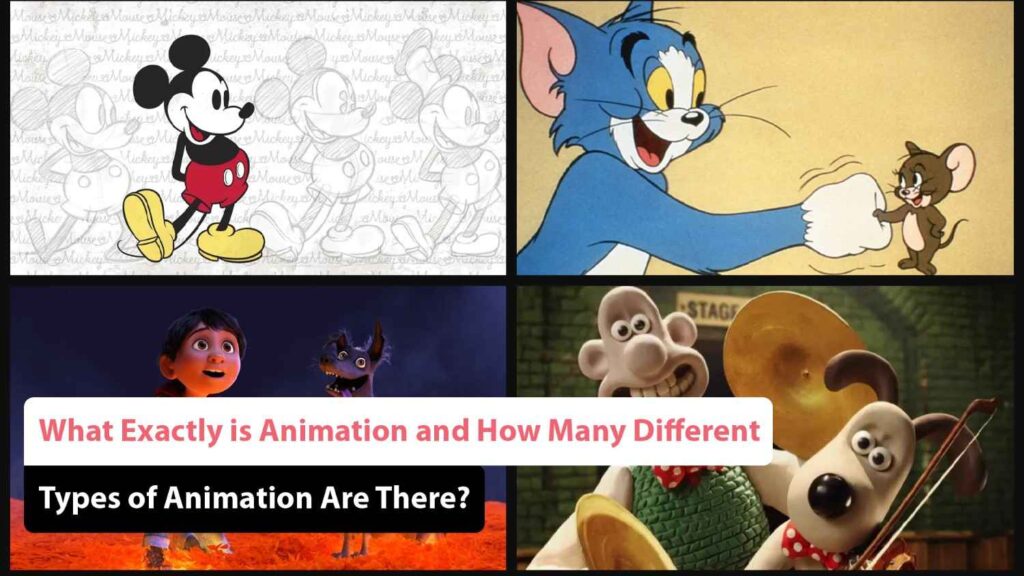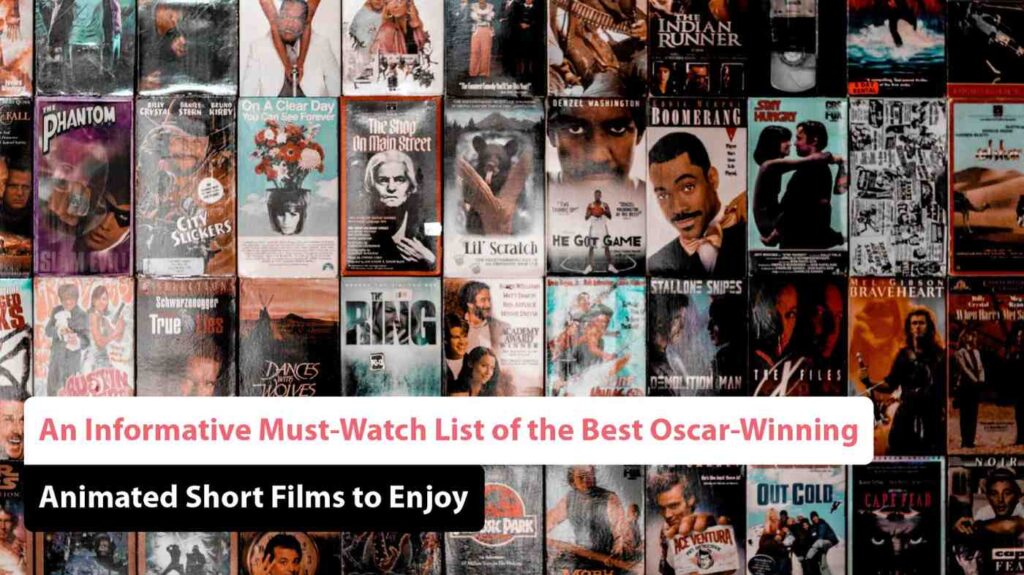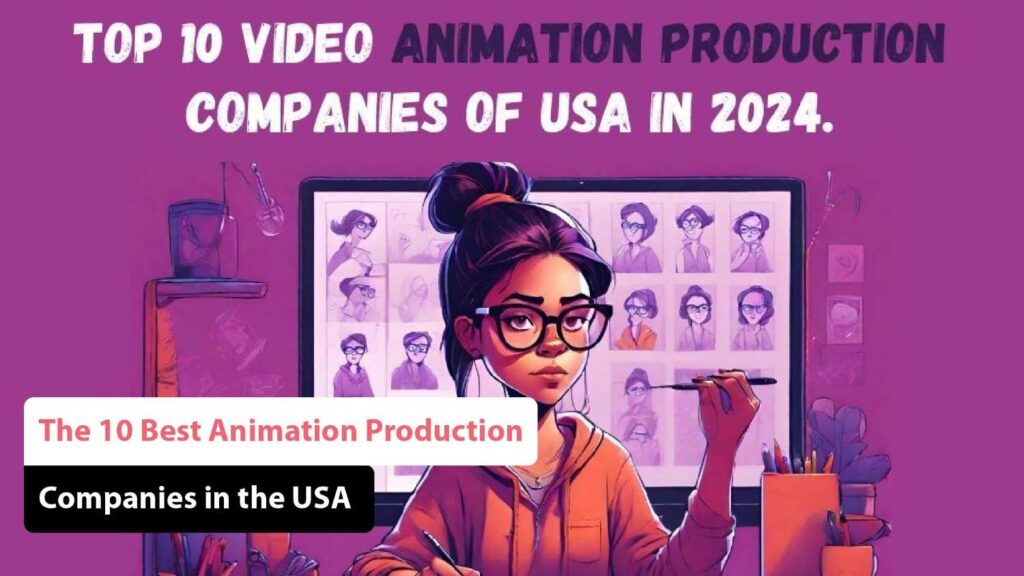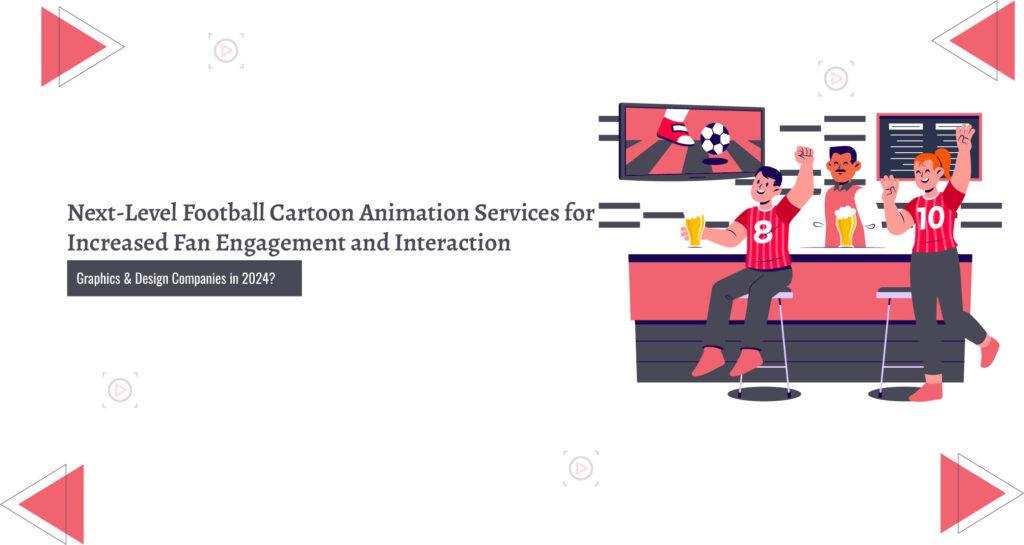How to Make an Animation Production Pipeline?
As animators, we understand the challenges involved in completing a video. That’s why many of us seek guidance on creating an efficient animation production pipeline. This industry term is explored in detail below, so you can set that concern aside. So, what does this guide cover? It details each phase of the animation production pipeline and provides clarity on what needs to be accomplished at every step. From conceptualization to final rendering, every stage has its own set of requirements and intricacies. Creating an animated video involves managing numerous elements simultaneously. Our guide helps streamline this process, ensuring no detail is overlooked. In simple terms: What viewers experience is just a glimpse, while the animation team navigates a vast sea of work. What Exactly Is A “Pipeline” In Animation Production? The animation production pipeline serves as a detailed roadmap for managing every stage of animated video production. It acts as a fundamental framework guiding each step of the process. Generally, the pipeline encompasses the workflow for the pre-production, production, and post-production phases. It specifies the roles, software, and equipment needed for each animation project. By clearly defining these elements, teams can ensure a smooth, organized process from start to finish. Next, let’s explore why freelance animators and video production studios in-house prioritize establishing a well-defined pipeline. This structured approach not only streamlines their workflow but also helps in meeting deadlines and maintaining consistent quality across projects. Ultimately, a robust pipeline enables creators to focus on their craft while managing complex projects with greater efficiency and precision. Why Is an Animation Production Pipeline Important for Efficient, High-Quality Productions? A production pipeline is crucial as it serves as a reference guide throughout your project. With a well-defined pipeline, you’ll always know the next steps for producing animated explainers or other animation projects. An effective animation production pipeline helps manage budgets and timelines efficiently. It provides a practical action plan, ensuring that animators and the entire team stay aligned and informed at every stage. By planning thoroughly before you start, you set yourself up for success. This approach leads to more satisfied clients and impressive growth. After all, having a solid plan is always beneficial. Moreover, a structured pipeline allows for better resource allocation and risk management, minimizing potential setbacks. It also facilitates clear communication within the team and with clients, ensuring that everyone is on the same page. For our projects, we follow specific 2D and 3D animation production pipelines to ensure consistency and excellence, adapting our strategies to meet the unique needs of each project. How to Develop and Establish an Effective Animation Production Pipeline We’ve divided the animated video pipeline into three key phases: pre-production, production, and post-production. Here’s a detailed guide on how to plan and execute each step within these phases from beginning to end. This structured approach ensures that every aspect of your project is meticulously managed and that you achieve the best possible results throughout the entire production process. The Role of Pre-Production in an Animation Production Pipeline: Key Steps and Strategies The pre-production phase sets the foundation for the final product. The work done during this stage significantly impacts the efficiency and success of the subsequent phases. This phase includes crucial steps such as strategizing, conceptualizing the story, scriptwriting, art direction, character design, storyboarding, and creating animatics. Thorough planning and execution in this phase help identify potential issues early and ensure that the creative vision is clearly defined. By addressing these elements upfront, you pave the way for a smoother production process and a more cohesive final product. 1. Strategizing for Animation Projects Key Steps for Effective Planning and Execution Strategizing is a crucial first step before diving into animation production. You shouldn’t jump straight into animating a client’s brief as soon as you receive it. To excel in this phase, follow these steps: Thorough preparation during this phase sets the stage for a smoother production process and helps prevent potential misunderstandings or delays. By addressing these aspects early on, you ensure that the project begins with a solid foundation. 2. Conceptualizing Animation Stories Techniques for Creating Engaging Narratives Next, you need to develop a story concept that will resonate with viewers. Here’s how to approach this step: During this phase, allow your creativity to flourish. Engage with others, seek inspiration, and listen to different perspectives to craft a concept that truly captures the audience’s attention and enthusiasm. By immersing yourself in this creative process, you ensure that the final concept is not only engaging but also aligns perfectly with the client’s vision and objectives. 3. Creating Compelling Animation Scripts A Guide to Effective Scriptwriting With the chosen narrative style in mind, you begin creating scripts for the animation project. Here’s how to approach this step: Typically, the client will provide feedback, which might require revisions. It’s normal to make adjustments, so handle them with flexibility. Communicate the number of revisions included in your agreement, finalize the script, and proceed with the next steps. Effective scriptwriting sets the tone for the entire project, so investing time and effort in this stage is crucial. Once the script is approved, you’ll have a solid foundation to guide the rest of the production process, ensuring that the final animation aligns with the client’s vision and expectations. 4. Animation Direction and Character Design Mastering Visual Storytelling and Character Development Your vision for the animation project might differ from that of your team or client, so it’s essential to approach this stage methodically: Crucially, ensure that your design choices and overall animation direction are in harmony with the client’s creative brief to maintain alignment throughout the project. Collaborate closely with your team and seek client feedback early to ensure that the visual elements match the intended style and tone. This alignment will help streamline the production process and lead to a more cohesive final product. 5. Animation Storyboarding Visualizing and Planning Your Animation Scene by Scene A storyboard involves creating frames and arranging them in sequential order for the






